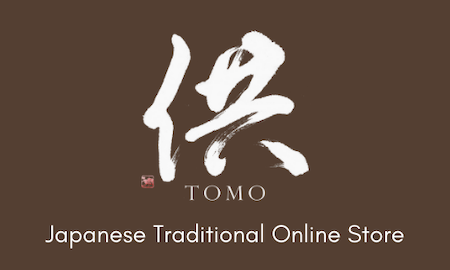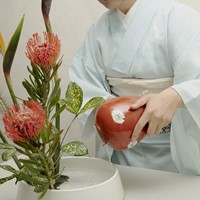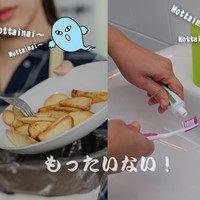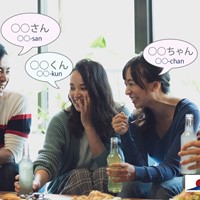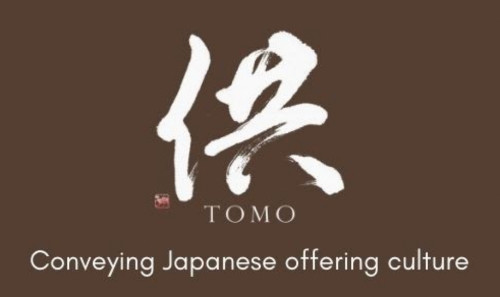What are shinto offerings?
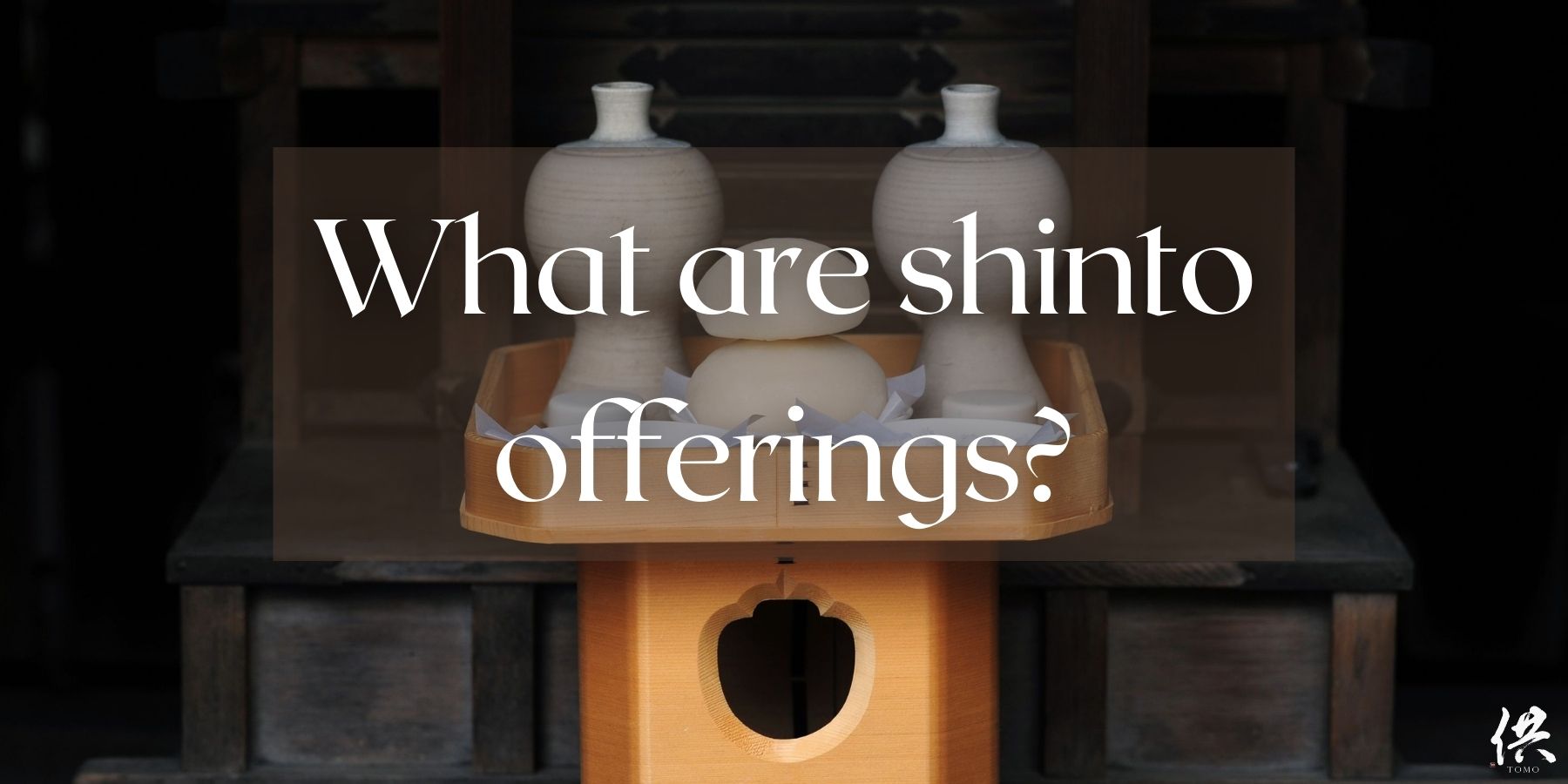
This page contains affiliate links.
This article is contributed by 供TOMO.
Shinto is an important part of Japanese culture and one of the main religions.
If you live in Japan or if you have ever had the occasion to go to Japan, you must have inevitably passed by a shinto shrine. Shrines can be recognized easily thanks to the torii doors, often painted in bright red/vermilion. Among the most famous Japanese shrines, you will find Meiji Jingu in Tokyo, Inari shrine in Kyoto, and Itsukushima shrine in Miyajima.
If you want to understand more about the archipelago, its culture and its rules, knowing the basics of Shinto is truly helpful. Among shinto practices, you will find people bringing food to the shrine. This is called an offering.
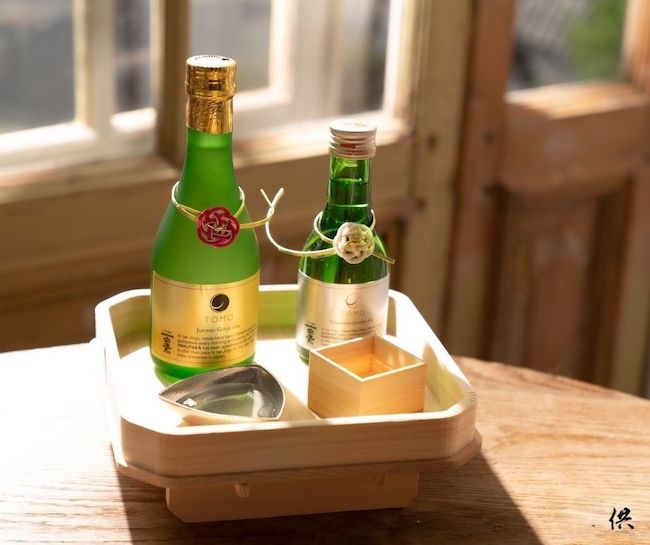
How do you say “offering” in Japanese?
There are two words used to describe offerings in Japanese: o-sonaemono (お供え物) or shinsen (神饌).
What are the origins of shinto offerings?
Some descriptions of offerings were found between the 8th and 12th century, in the Engi-shiki (a compilation of ancient Japanese laws and legislation). Then, in the Meiji era (1868-1912), the possible food offerings were determined according to the rank of the shrine. Those rules have been transmitted until today. Offerings are made to deities in order to get their blessings.
You might find offerings done in other rituals, but we will focus on Shinto in this article.
How can you do offerings?
Traditionally, offerings are made by the believers in a shinto shrine.
The believers give food and/or drinks to the staff of the shrine. Then, the Shinto priest will be in charge of offering those to the deities. He purifies himself, then he accomplishes the offering by following the tradition as much as he can. In order to be respectful, rules about how to serve and offer the food must be respected. However, there might be some difference in the rituals depending on the shrine.
Additionally, it is also possible to do your own offering at home. All you need is a home shrine, and some food and drinks to offer! In this case, the easiest option is to offer salt or rice. But you have other options!
If you wonder how to pray at Japanese Shrines and Temples, "Prayer Offering Manners at Shrines and Temples in Japan" would help you.

What are offerings?
Traditionally, offerings are made of natural food. They should be as pleasant to see as to eat. Among them, the most common offerings are:
Rice
As you may know, rice is the staple food of Japanese cuisine. There are many varieties of rice, but the Isehikari type is the most famous. This rice is also known as the "miracle rice" because of its disease resistance and durability.
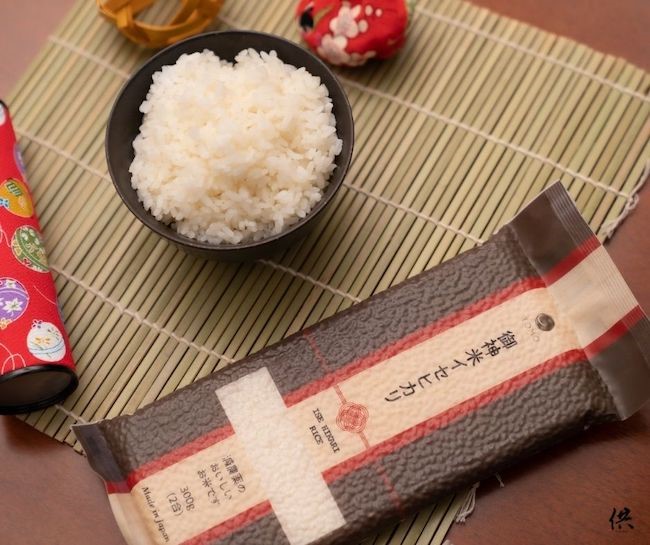
Sake
Made of rice, sake is obviously an iconic Japanese brevage. When sake is offered to the deities, it can also be called omiki (お神酒) which means “sake offered to the gods”. This sake is sometimes served after prayers at shrines, or after matsuri (=festival celebrated periodically).
Salt / Water
Apart from this list, any kind of natural and delicious food and drinks are welcomed by the deities.
According to the time of the year, some seasonal food can also be offered. For example, on Kagami Biraki day (January 11th), kagami mochi is a common food offering. Often accompanied by an oshiruko soup (soup made from sweet red bean), it is said that eating your kagami mochi will protect you from diseases.
Conclusion about shinto offerings
Shinto offerings are made in order to get deities' blessings. Offerings are made of food and drinks, which should be as beautiful as pleasant to consume. The Shinto priest can be in charge of the offering, but you can also do your own offering with your home shrine. Offerings are a way to show in a visible form believers’ feelings to the deities.
Where to Find Offerings
You can directly buy Japanese offerings at 供TOMO store.
供TOMO is a specialized Japanese traditional store which is conveying Japanese offering culture. They provide easy-to-carry sized food and drinks, so you can easily give your offerings: rice, sake, sweets, and drinks are available. 供TOMO also offers gift wrappings option and even supply some Japanese shrines.
- on 供TOMO Official website (for special inquiries: tomo@jat.asia)
- on Amazon Japan
